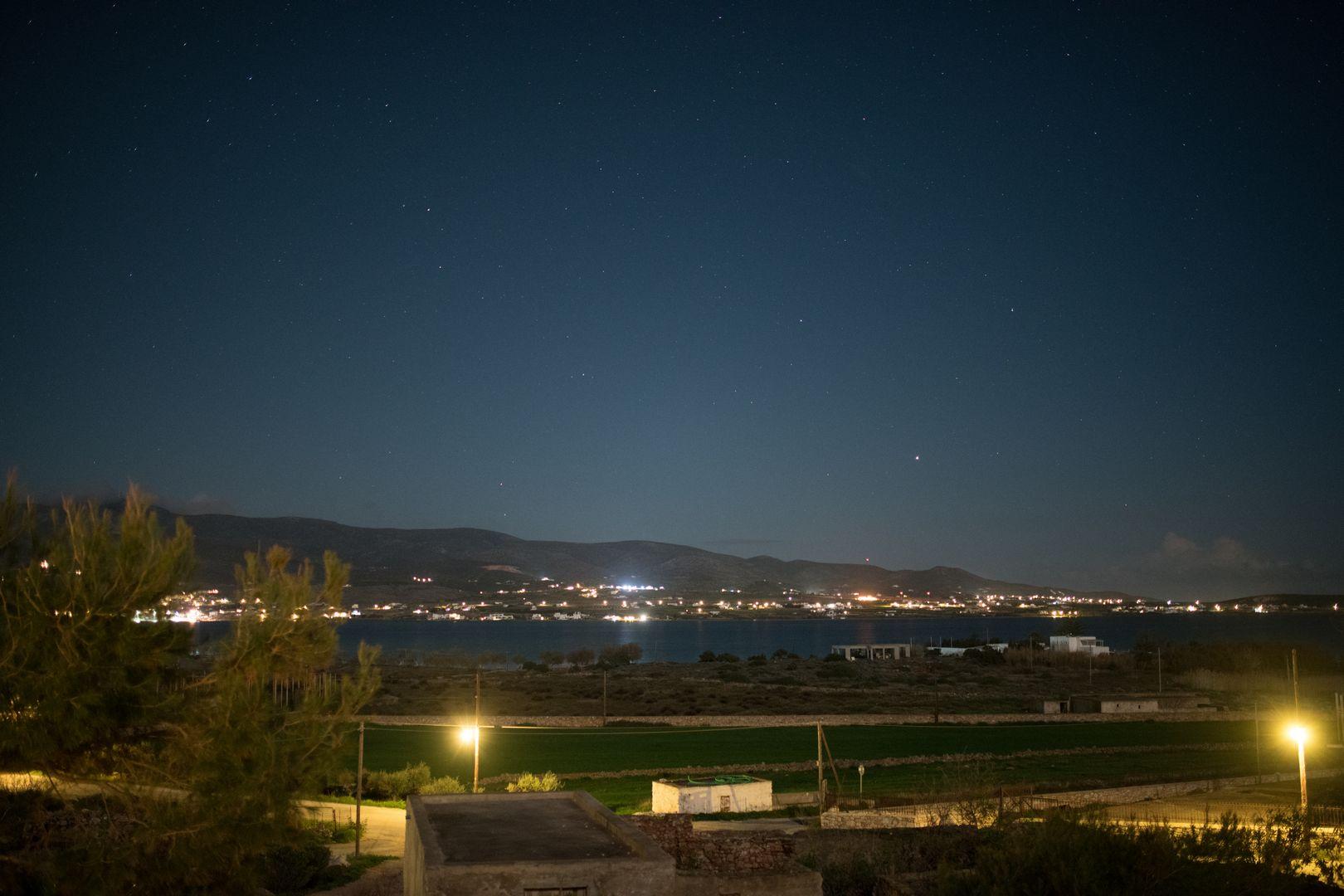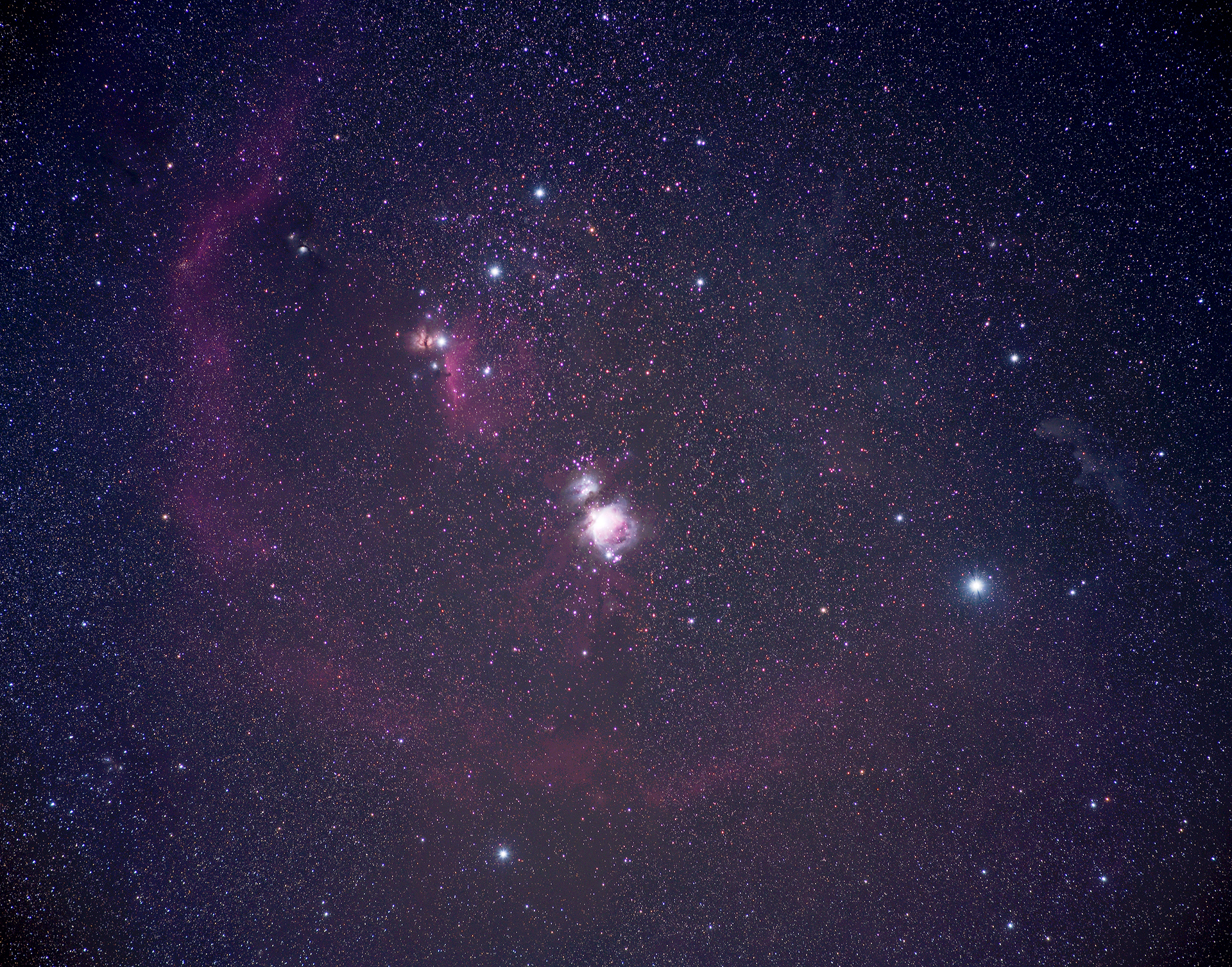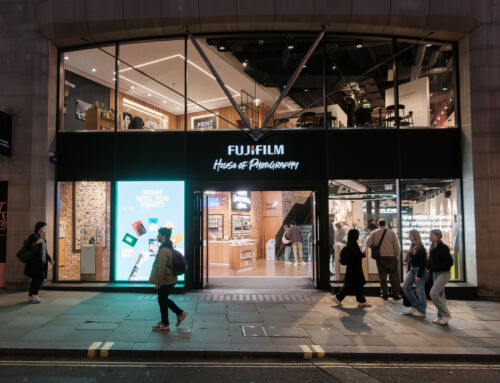HOYA STARSCAPE Light Pollution Cut Filter Review
*The Review was updated in 2020-10-19 with new data and photos/videos.*
***Reading Time: 13 minutes***
Intro
For some photographers, filters are not required for astrophotography or night photography in general.
In general someone can say that this partially true, with the exception of Light Pollution Filters.
Light pollution filters were well known for astronomers and deep sky astrophotographers for quite some time now.
Night sky enthusiasts started using them back in the 80’s when they realized that they could gain more contrast and detail for the faint deep sky objects when using them in front of their optics/telescopes. Their main issue though was that they were very expensive and a little difficult to find.
In our days, where the biggest percentage of our planet is heavily light polluted with lights of every kind, Light Pollution Filters is a must-have for night (sky) photographers as the most us are living in or near big cities.
As for the filters, there are plenty of choices in the market, with the cost of some ranging between a logical amount of euros/dollars and some others are reaching nearly the cost.. of a lens.. or even more!
How the Hoya STARSCAPE Filter Works
The HOYA STARSCAPE is made from a rare earth element called Didymium and it is ideal for landscape photography because it primarily enhances red, orange and brown colors, increasing their overall contrast and saturation while not altering other colors of the spectrum.
It can also filter out the yellow and orange part of the spectrum from 575nm to 600nm, the colors of sodium vapor lamps which are mainly used in big cities, making it an excellent light pollution filter.
It might look like a common clear UV style filter on first sight, with a faint purple tint, but in reality it does a great job of stopping that specific part of the spectrum.
The HOYA STARSCAPE cuts light transmission in the area of the spectrum that is usually associated with light pollution from Sodium and Mercury-vapor lights common to most cities world-wide. Thus, the filter provides a more clear image with natural colors and improved contrast in the night sky.

(Image from HOYA GLOBAL)
Build Quality, Lens Handling & Design
The new Hoya STARSCAPE Filter replaces the previous model, known as Red Enhancer (RA54) or Red Intensifier.
The main difference between the previous and the new version are the new coatings, which are providing better performance and higher image quality with less artifacts.

The filter is made with Hoya’s famous, high quality optical materials and its being constructed in Japan.
The filter is available in the following diameters: 49, 52, 55, 58, 62, 67, 72, 77, 82mm.

*Testing HOYA STARSCAPE on the field*
All my tests were made with the following gear.
Cameras : Nikon Z 6, Nikon D850, Sony A7R2, Sony A7s
Lenses : Tokina firin 20mm F2 AF, Tokina opera 50mm F1.4 (F-Mount), Tokina atx-i 11-20mm F2.8 (F-Mount), Tokina atx-m 85mm F1.8 (E-Mount).
All mentioned lenses had the HOYA STARSCAPE filter attached, either natively or via a step-up ring filter adapter (specifically 62->67mm, 72->77mm).
The images are mainly straight out of camera Raw files converted to JPEG, with no editing, except from the first test which I deliberately auto edited them to show you the difference in exposure.
1st Test Before and After Samples
My first (way to simple) test was made directly from my house.
There are many sodium vapor lamps in the street below and of course in the nearby island of Paros, with a strong yellowish glow so it was the most obvious thing to do as a test.
The first two images are straight out of camera.


F1.4 – 1.6sec – ISO 3200 – Natural Auto WB
The image on the left is without filter while the image on the right is with the filter on.
As you can see there is a clear difference even without edits.
I edited the two images in Adobe Camera Raw with AUTO Settings which suggested for the first “no-filter” image a +1.10 exposure, +25 contrast and -21 blacks. The white balance temperature at 5100k and the tint at -7. No other editing was made. No noise reduction or sharpening, no lens profile loaded.
Again the same procedure for the second “with-filter” image.
This time Adobe Camera Raw suggested a further increase in the exposure to +1.60.
Everything else remained the same as the first image.
This is the comparison of the final edited result.


F1.4 – 1.6sec – ISO 3200 – Natural Auto WB
It is clear that there is a difference, where the sky in the second image is way more blue than the first one.
But lets see how it performs in clear dark skies, far away from big light pollution.
Testing HOYA STARSCAPE in Astrophotography
2nd Test Before and After Samples






From my tests I measured that the filter also reduces a little more than a half a stop of light transmission (0.60 – 0.75 stop), something that also was confirmed when auto editing the first images, so be sure to manually focus before attaching it in the lens (live view and/or focus peaking) because the decrease in the exposure will make it harder to focus when the filter is on, and also remember that you should alter your final exposure a bit, either in shooting or in post.
Personally I prefer to capture the photo as best as possible and only do minor editing in the final image.
So I suggest that you should alter your exposure, if possible of course, when shooting.
Keep in mind that almost all of today’s cameras are capable of producing great quality raw files that helps equalize the exposure flawlessly, so 1/2 stop of light is totally insignificant, however if for various reasons you can’t increase your exposure or you simply prefer the in-post method, you will still get a great result.
One other thing to keep in mind is that the filter works better under dark skies, although it can be used in light polluted areas.
Just don’t expect to capture the Milky Way Galaxy or the Orion Nebula from the center of a city just by attaching the filter on your lens.
Personal Thoughts
Despite the new, state-of-the-art advanced technology and features of the newest camera models of the market, there will always be the need for high quality optical filters (and lenses).
No matter how advanced and capable a camera sensor might be in terms of light gathering capabilities or High ISO performance, incoming light gets into the camera though the lens and filter.
This practically means that what you put in front of your camera must be of the highest possible quality in order to take the best possible result.
Astrophotography in particular is very demanding and in the end, its all about light data (information), so a good light pollution filter along with a bright and capable lens, will instantly provide better results in your photos.
Conclusion
Hoya’s name is synonymous to excellent, high quality and performance products, and Hoya STARSCAPE is one of them.
An great filter with excellent build quality, available in almost all filter sizes, that not only reduces effectively the effect of Light Pollution in your nightscape and astro images, but it also increases overall saturation and contrast.

PS – My award winning film “Keep Looking Up”, a short experimental night sky themed time-lapse film, was filmed entirely with the HOYA STARSCAPE filter with amazing results!
You can watch it HERE!
Ratings
| Build Quality: |  (9.0 / 10) (9.0 / 10) |
| Handling: |  (9.0 / 10) (9.0 / 10) |
| Size and Weight: |  (9.5 / 10) (9.5 / 10) |
| Optical Performance: |  (9.0 / 10) (9.0 / 10) |
| Price: |  (9.5 / 10) (9.5 / 10) |
| Average: |  (9.2 / 10) (9.2 / 10) |

Highly Recommended!
Want to get notified when a new review is published?
Consider subscribing to my Newsletter!















Great review. Excellent film. Congratulations!
Cheers
Jeff